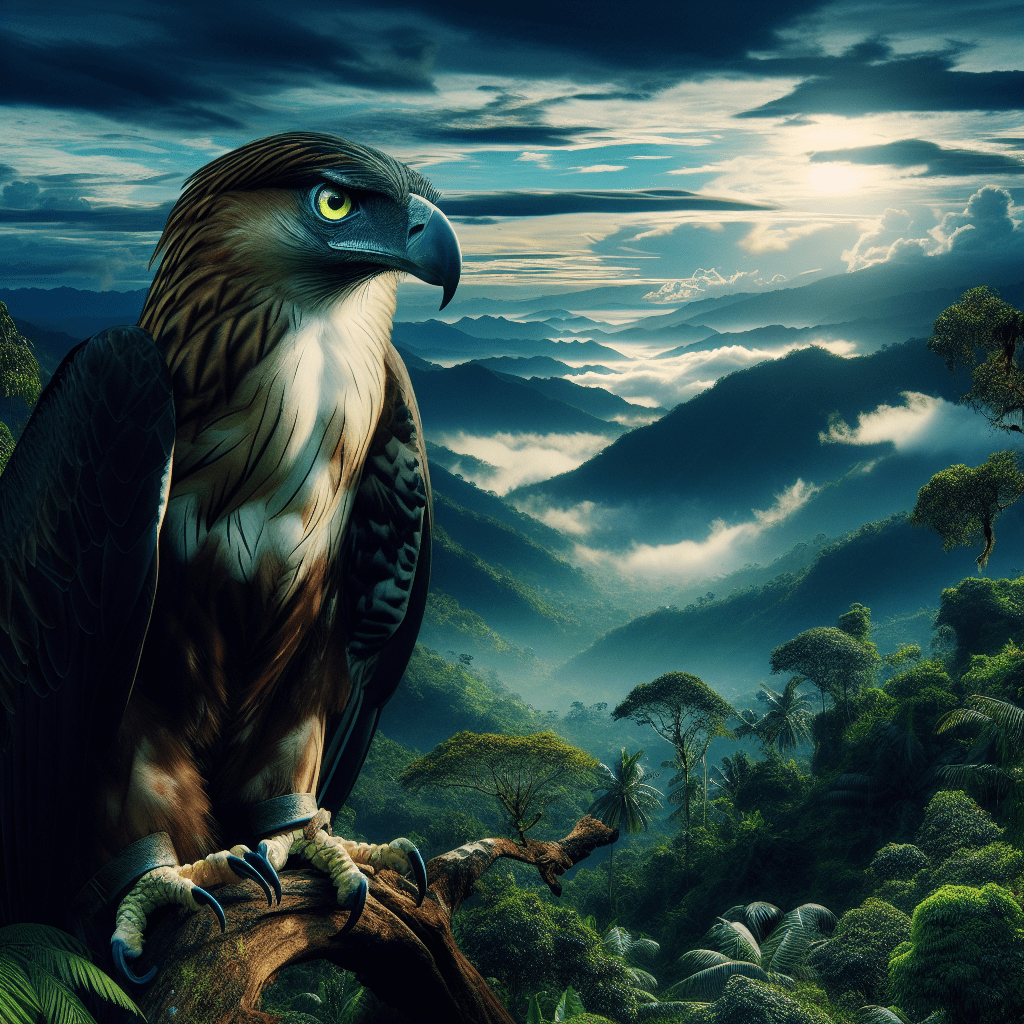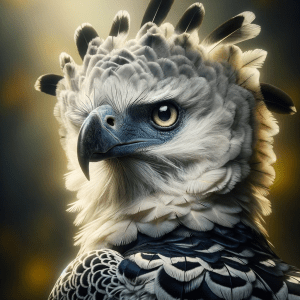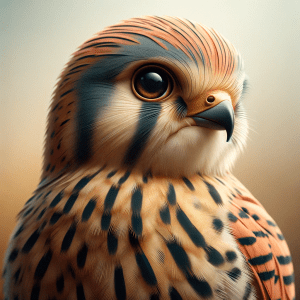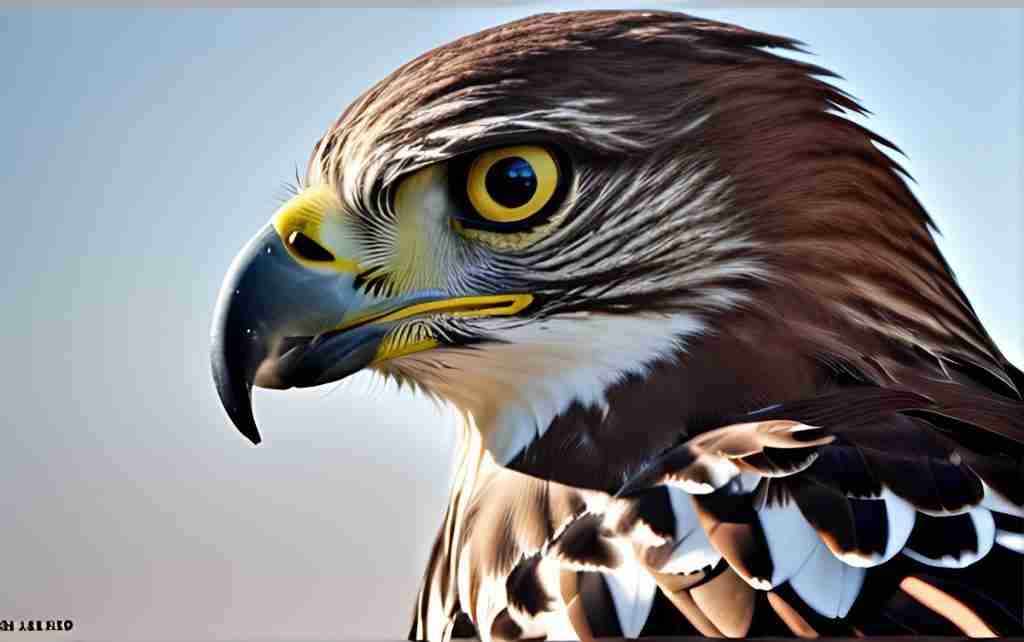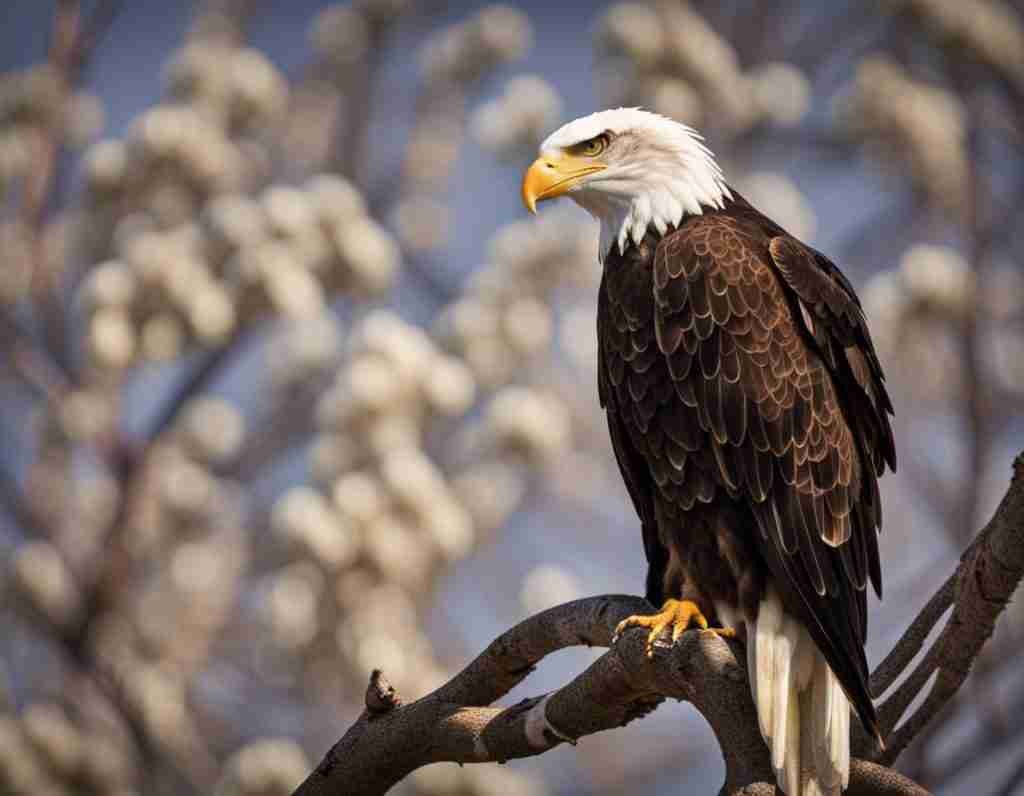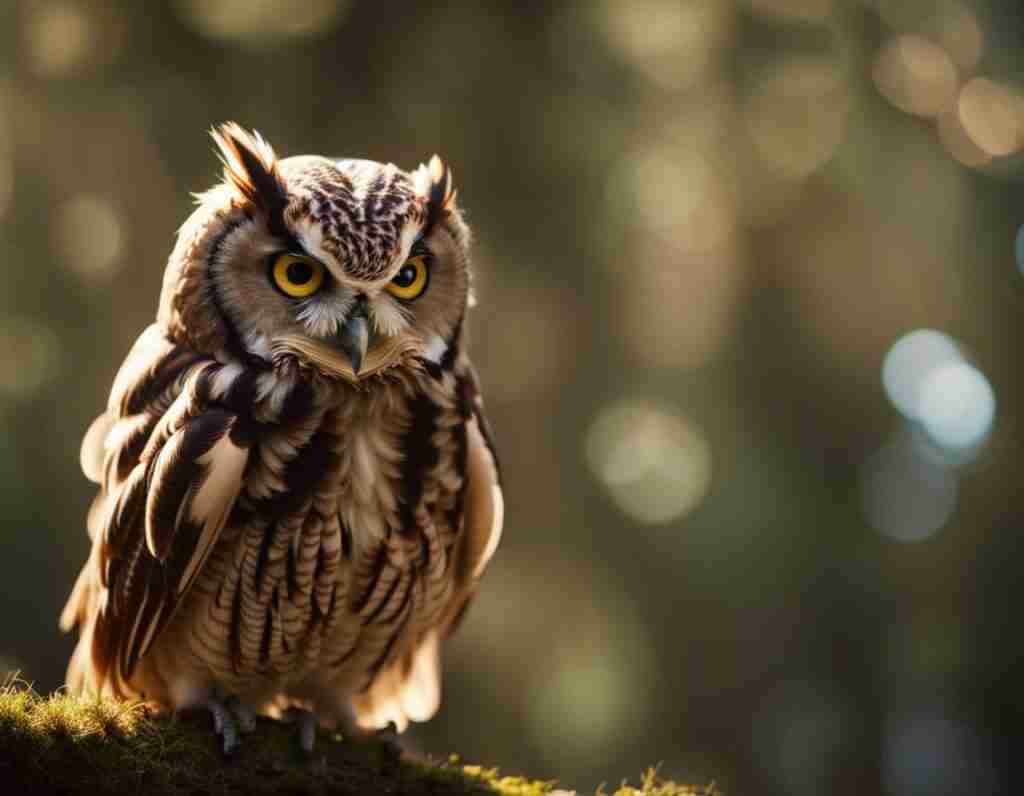[et_pb_section fb_built=”1″ _builder_version=”4.16″ global_colors_info=”{}”][et_pb_row _builder_version=”4.16″ background_size=”initial” background_position=”top_left” background_repeat=”repeat” global_colors_info=”{}”][et_pb_column type=”4_4″ _builder_version=”4.16″ custom_padding=”|||” global_colors_info=”{}” custom_padding__hover=”|||”][et_pb_text admin_label=”Intro” _builder_version=”4.23.1″ _module_preset=”default” global_colors_info=”{}”]
As an aficionado of the avian world, you’re about to journey into the fragile fight of survival, exploring the most endangered raptor species. Drawing from two decades of ornithological expertise, this enriching article will illuminate the intricate lives of these majestic creatures, shedding light on their struggle and spotlighting the urgency of their preservation. Hold tight, as you prepare to traverse the enigmatic world of these soaring predators. Remember, it’s not just about admiring their powerful beauty, it’s also about understanding the delicate balance of life that hangs in the balance for the most endangered raptor species.
[/et_pb_text][pac_divi_table_of_contents default_state=”closed” included_headings=”off|on|on|off|off|off” level_markers_3=”whole” _builder_version=”4.23.1″ _module_preset=”default” hover_enabled=”0″ global_colors_info=”{}” sticky_enabled=”0″][/pac_divi_table_of_contents][et_pb_text _builder_version=”4.23.1″ background_size=”initial” background_position=”top_left” background_repeat=”repeat” hover_enabled=”0″ global_colors_info=”{}” sticky_enabled=”0″]
Understanding Raptors- Birds of Prey
Birds of prey, or raptors, form a fascinating and significant portion of avian biodiversity. Renowned for their hunting prowess, these majestic creatures represent an integral part of any ecosystem in which they reside.
Defining Raptors
Raptors are essentially birds of prey. These are avian species that possess distinctive traits allowing them to be exceptional predators. They include species such as hawks, eagles, falcons, vultures, and owls, among others. Their predatory nature plays a crucial part in maintaining ecological balance.
Characteristics of Raptors
By nature, raptors are meat-eaters. They have keen eyesight that helps them spot movement from great distances, powerful beaks for tearing flesh, and strong, sharp talons for capturing and killing prey. While their size, behaviors, and habitats vary significantly among species, these shared traits are what define them as raptors.
Differentiating Raptors Family
Raptors are generally grouped into diurnal (active during day) and nocturnal (active during night) species. The diurnal family includes hawks, eagles, and falcons whereas owls make up the nocturnal group. Each raptor family has distinct characteristics, making them unique even within the raptor community.
Need some Binoculars to view the Raptors?






The Struggles of Raptor Conservation
Despite their vital ecological roles, many raptor species face growing conservation challenges.
Impact of Habitat Loss
One of the most significant threats to raptors is habitat loss. As human populations expand, natural landscapes are often cleared for agriculture, infrastructure, and fuel wood, leading to a decline in raptor populations.
Effects of Climate Change
Climate change also poses serious threats to raptors. Changes in weather patterns and habitat conditions can affect their food sources and disrupt their migratory patterns, which in turn leads to population decrease.
Dangers of Pesticides and Chemicals
Raptors are vulnerable to potential poisons like pesticides and chemicals. These substances can accumulate up the food chain, causing illness or death among these birds.
Human-Wildlife Conflict
Raptors often face persecution from humans, primarily due to misconceptions about their nature. They are sometimes killed out of fear or in an effort to protect livestock, further contributing to their decline.
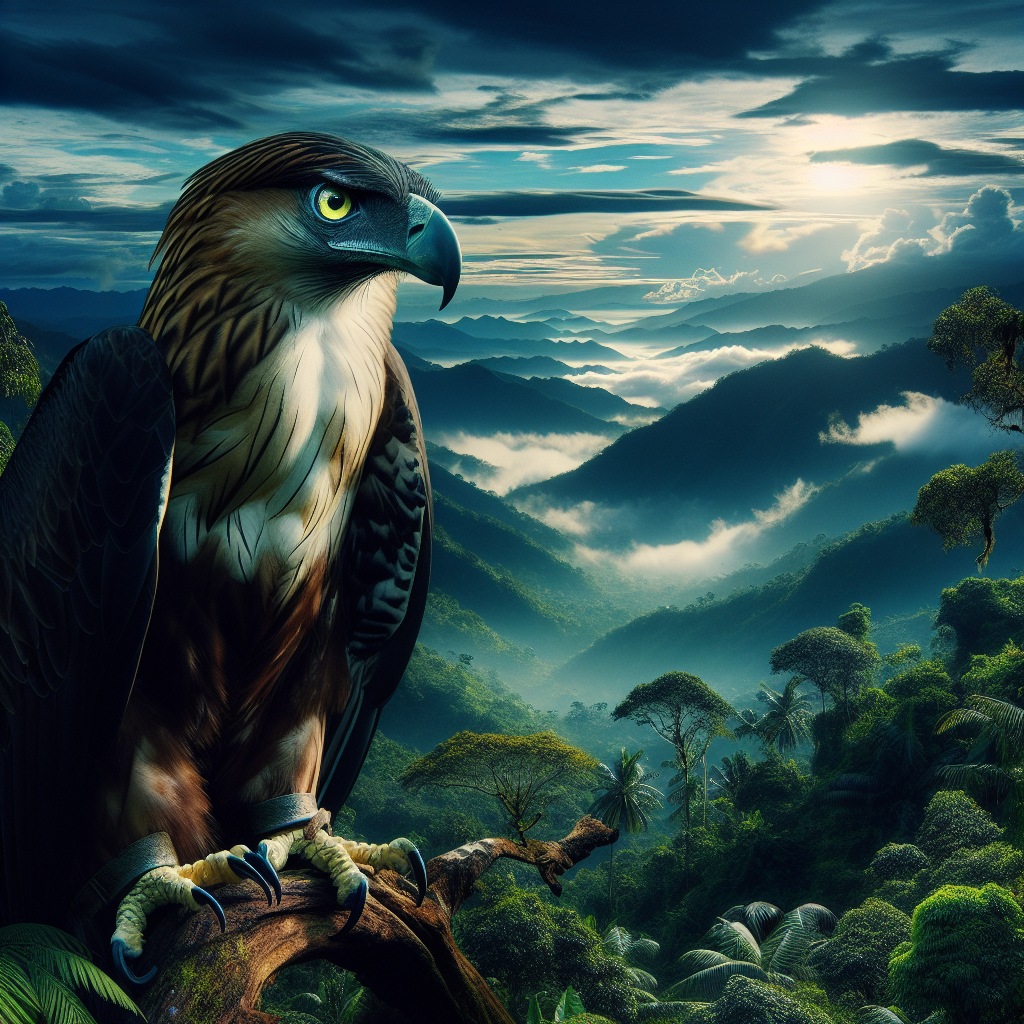
The Plight of the Asiatic Vulture
One of the most endangered raptor species needs our immediate attention – the Asiatic Vulture.
Describing the Asiatic Vulture
The Asiatic Vulture, also known as the Oriental White-backed Vulture, is among the most critically endangered of all vulture species. It’s a massive bird, characterized by a bald head, giant wingspan, and a white back which gives it its name.
Reasons for their Decline
The primary cause of the Asiatic Vulture’s steep decline is the widespread use of the veterinary drug Diclofenac. The vultures ingest this drug when feeding on carcasses of domestic livestock that had been treated with it, leading to kidney failure and death.
Efforts to Save the Asiatic Vulture
Conservation efforts for the Asiatic vulture primarily focus on banning Diclofenac, managing safe feeding sites, and breeding vultures in captivity for later release into the wild.
The Philippine Eagle’s Struggle for Survival
No list of endangered raptor species would be complete without a mention of the spectacular Philippine Eagle, crowned as the national bird of the Philippines.
Attributes of the Philippine Eagle
The Philippine Eagle is considered one of the world’s largest and most powerful birds. Known for their distinctive shaggy crests and deep set eyes, they were once revered in local culture as sacred beings.
Conservation Challenges
Deforestation for timber and farming is one of the principal threats to the survival of the Philippine Eagle. With dwindling habitats, they are forced to venture into populated areas, exposing them to greater risk.
Strategies for Conservation
Current conservation efforts include habitat preservation, captive breeding programs, public education, and stricter enforcement of wildlife laws.
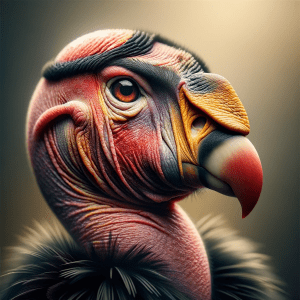
The Near-extinct California Condor
The California Condor, once nearly extinct, is showing signs of recovery due to sustained conservation efforts.
Highlighting the California Condor
The California Condor is the largest North American land bird. Distinguished by its bald red-orange head and enormous wingspan, Condors are known for their slow reproduction rate which poses an additional challenge to their conservation.
Factors Leading to their Endangered Status
Threats to California Condors range from habitat loss, lead poisoning (from eating bullet-riddled carcasses), and power line collisions, to poaching and egg collection.
Conservation Success Stories of the California Condor
Through captive breeding programs, habitat protection, and lead-contamination reduction efforts, the population of these magnificent birds is slowly growing, marking a victory for wildlife conservation.
The Predicament of the Harpy Eagle
One of the strongest birds in the world, the Harpy Eagle, has seen a dramatic population decline, landing it on the list of most endangered raptor species.
Features of a Harpy Eagle
Known as the flying wolf, the Harpy Eagle is characterized by its large size, powerful build, and striking appearance with a double crest of feathers on its head.
Factors Leading to Their Endangerment
Deforestation and shooting through misguided fear or sport have been the primary drivers of the Harpy Eagle’s alarming decline.
Current Conservation Projects Surrounding the Harpy Eagle
Conservation efforts now include habitat protection, community education programs, and releasing captive-bred Harpies into the wild.
The Red Kite’s Way To Recovery
Once widespread throughout Europe, the Red Kite is finally on the path to recovery, after years of dedicated conservation work.
Introduction to the Red Kite
Graceful in flight with a reddish-brown body, sharply angled wings, and deeply forked tail, the Red Kite is truly a captivating sight.
Challenges Faced By the Red Kite
The Red Kite’s survival has been severely impacted by persecution, pesticide poisoning, and habitat loss.
Survival Tactics and Recovery of the Red Kite
Protective legislation, reintroduction programs, and a ban on certain pesticides have led to growing Red Kite numbers, making it a symbol of conservation success.
Spotlight on the Mauritius Kestrel
The Mauritius Kestrel serves as a shining beacon of how species conservation and recovery can be achieved.
Recognizing the Mauritius Kestrel
This small, falcon is endemic to Mauritius. It is tawny brown with dark streaks and notable for its astonishing recovery from standing on the brink of extinction.
Reasons for Their Near-Extinction
The rewards of spices trade, rendering Mauritius a prize for European powers, led to deforestation. This loss of habitat, habitat changes due to climate, combined with the introduction of invasive species, pushed the Mauritius Kestrel to near-extinction.
Mauritius Kestrel Conservation Triumphs
Through captive breeding, habitat restoration, and public awareness programs, the population of Mauritius Kestrels rebounded, representing a remarkable story of species recovery.
The Climbing Hawaiian Hawk Numbers
The Hawaiian Hawk, a bird of many cultural significations for native Hawaiians, is now slowly climbing the ladder from its endangered status.
Identifying the Hawaiian Hawk
The Hawaiian Hawk, or ʻIo, is a compact bird renowned for its fearlessness. Although small, it is known to assert dominance over the Pacific islands.
Threats Faced by Hawaiian Hawks
The key threats to the Hawaiian Hawk’s survival include habitat loss due to agriculture and urban development, hunting, and the introduction of invasive species.
Ongoing Conservation Efforts for Hawaiian Hawks
Continuous habitat protection, captive breeding and reintroduction efforts, along with strict enforcement of protection laws, are helping to increase the Hawaiian Hawk’s population.
Conclusion: The Raptor Conservation Challenge
It is clear that the raptors we have talked about (and countless more) play a crucial role in sustaining biodiversity and the health of our ecosystems.
Summarizing the Plight of Raptor Species
Raptor populations worldwide are under threat due to habitat loss, climate change, poisons, and human conflict. We must urgently acknowledge these threats and the role we play in them.
Reflecting on Success Stories
Despite the challenges, success stories of the California Condor, Red Kite and Mauritius Kestrel remind us that with sustained efforts, the trend can be reversed. Each triumph is a beacon of hope.
Agenda for the Future of Raptor Conservation
The agenda for the future is clear – we need to build on our success stories and expand our conservation efforts. Greater public awareness, robust legislation, and efficient enforcement are pivotal. Only by protecting these magnificent creatures can we ensure a rich and balanced ecology for future generations.
[/et_pb_text][/et_pb_column][/et_pb_row][/et_pb_section]
